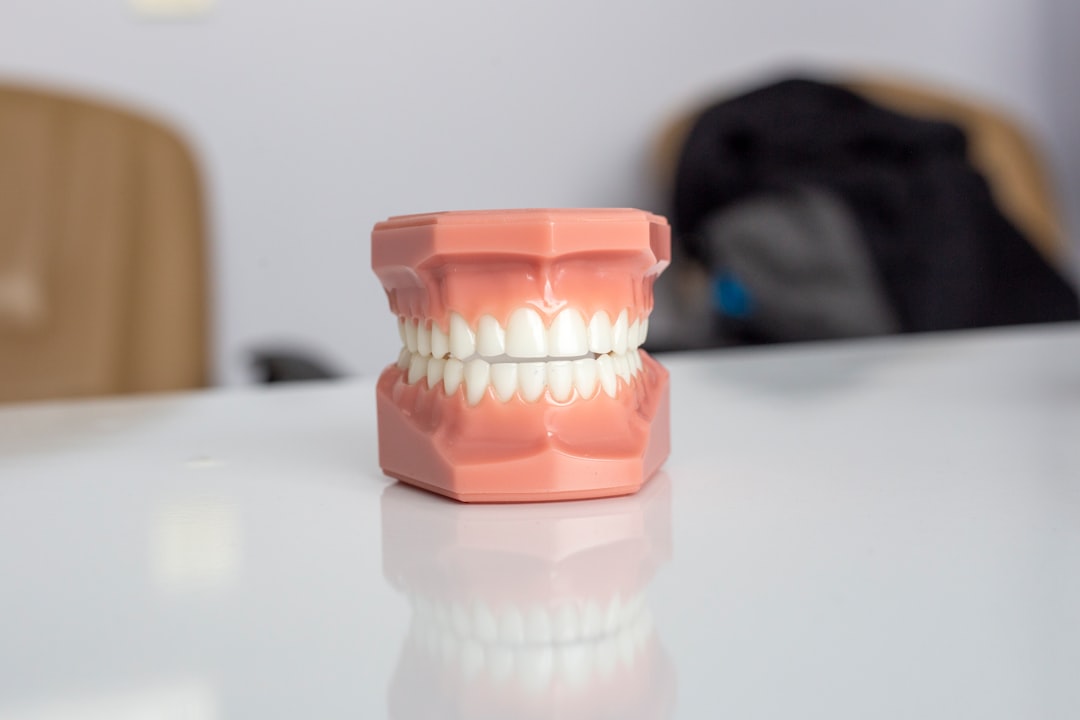What is it about?
A patient with a history of repaired unilateral cleft lip and palate in infancy, who received conventional orthognathic surgery by means of Le Fort I osteotomy with advancement and downgrafting, noticed autophony and hearing his own breathing in his left ear at about 3 months postoperatively. He also complained of fullness in the left ear, distortion of sounds, and less tolerance to loud sounds in the left ear. These symptoms were diminished when in the supine position and whenever nasal congestion was present. On the basis of findings in pure tone audiogram, acoustic immittance, videotoscopy, and endoscopy of the nasopharynx, a diagnosis of patulous eustachian tube was made.
Featured Image
Why is it important?
Given that the condition occurs independently in nonsurgical patients, it can only be speculated whether it is a truly rare complication of Le Fort I in cleft palate patients, or simply a coincidental event in this patient. This single case report should serve to flat the condition at this time.
Perspectives
There is no evidence to implicate surgical intervention in the form of maxillary osteotomy and advancement as a cause of patulous eustachian tube. It is conceivable, at least theoretically, that a Le Fort I osteotomy could affect the eustachian tube indirectly through soft palate musculature attachments. Scarring is another potential etiologic factor because patulous eustachian tube has been reported in association with radiation and fibrosis.
Dr. Iris H.-Y. Ng
The Chinese University of Hong Kong
Read the Original
This page is a summary of: Patulous Eustachian Tube After Le Fort I Osteotomy in a Cleft Palate Patient, Journal of Oral and Maxillofacial Surgery, September 2005, Elsevier,
DOI: 10.1016/j.joms.2005.05.291.
You can read the full text:
Contributors
The following have contributed to this page










